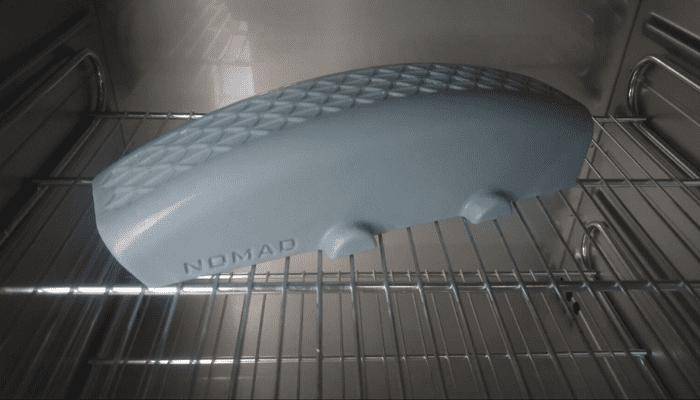Nomad Prototypes, a pioneering company based in the United Arab Emirates, has introduced an innovative resin-based 3D printed drone, presenting a compelling alternative to traditional thermoplastic models. This new drone, powered by a high-performance battery, boasts a flight time of 37 minutes without a payload, showcasing the potential of resin-based 3D printing in advancing drone technology.
Overcoming Traditional Challenges
In the realm of 3D drone printing, a significant challenge with FDM (Fused Deposition Modeling) technology has been the variance in part strength due to directional printing, resulting in weaker points between layers. While this is manageable for smaller drones, scalability poses a problem as increased structural thickness adds weight without corresponding strength gains, compared to conventional manufacturing methods.
Nomad Prototypes has extensively researched various 3D printing techniques over the past decade, including FDM, SLA (Stereolithography), SLS (Selective Laser Sintering), and Multi Jet Fusion. To address the limitations of FDM for larger structures, the company strategically employs a combination of SLA and pellet extrusion methods, leveraging their distinct advantages for optimal results.
First-of-its-Kind Resin-Based Drone
The company’s initial drones are small, multi-rotor models made with Liqcreate StrongX resin, a photopolymer resin that undergoes both UV and thermal curing to enhance its strength. The next model in their series is a modular drone that can transform into a fixed-wing aircraft with vertical take-off and landing capabilities. This drone will be crafted from a tough, flexible resin, with wings optimized for both thinness and strength—an optimization not feasible with FDM technology.
Ambitious Future Plans
Nomad Prototypes has ambitious plans to create a drone with a 3.2-meter wingspan using FGF (Fused Granular Fabrication) 3D printing technology. This larger drone, with a maximum take-off weight of around 15 kg, will be designed to fly at reduced speeds to minimize structural stress. The use of new pellets with high carbon fiber loads, reaching up to 50% carbon fiber, is crucial to this development. Printing such high carbon fiber content is not feasible with filament format, as the filament would be too stiff and brittle for extrusion.
Phillip Keane, founder of Nomad Prototypes, explains, “Some of these new pellets have incredibly high carbon fiber loads, reaching up to 50% carbon fiber. This would be impossible to print in filament format, as the filament is so stiff, it would snap as soon as it reaches the extruder.”
Vision for Human-Carrying Drones
Looking to the future, Nomad Prototypes envisions 3D printing drones capable of carrying a person. The expansion of 3D-printed fixed-wing drones is seen as crucial to achieving this goal. “It’s certainly possible to 3D print a wing out of metal that could support the weight of a human being in flight, although it would be extremely expensive to do so at present,” Keane explains.
With these innovative steps, Nomad Prototypes is at the forefront of merging advanced 3D printing technologies with modern aviation, pushing the boundaries of what is possible in drone manufacturing and setting the stage for future advancements in aerial capabilities.


